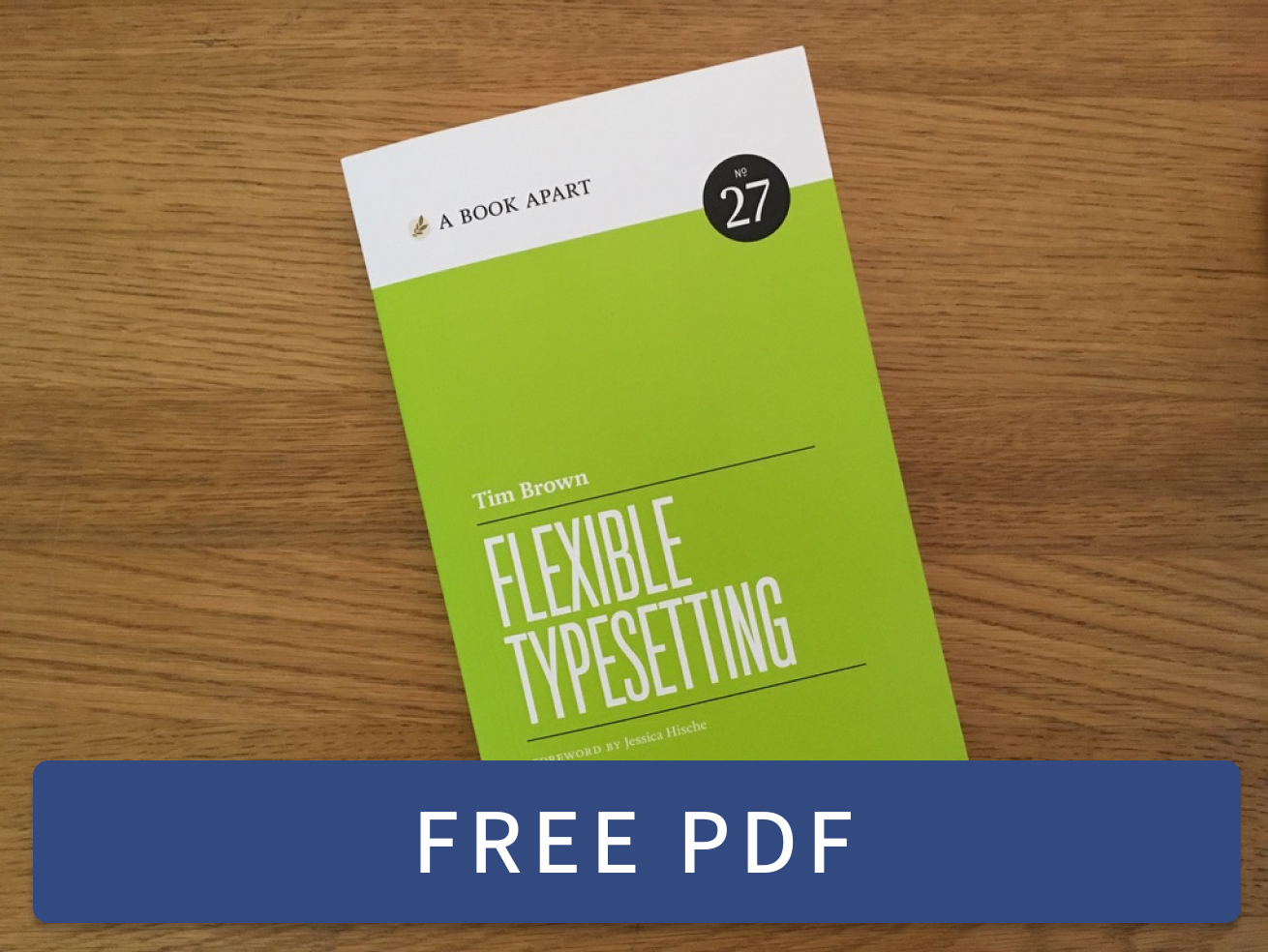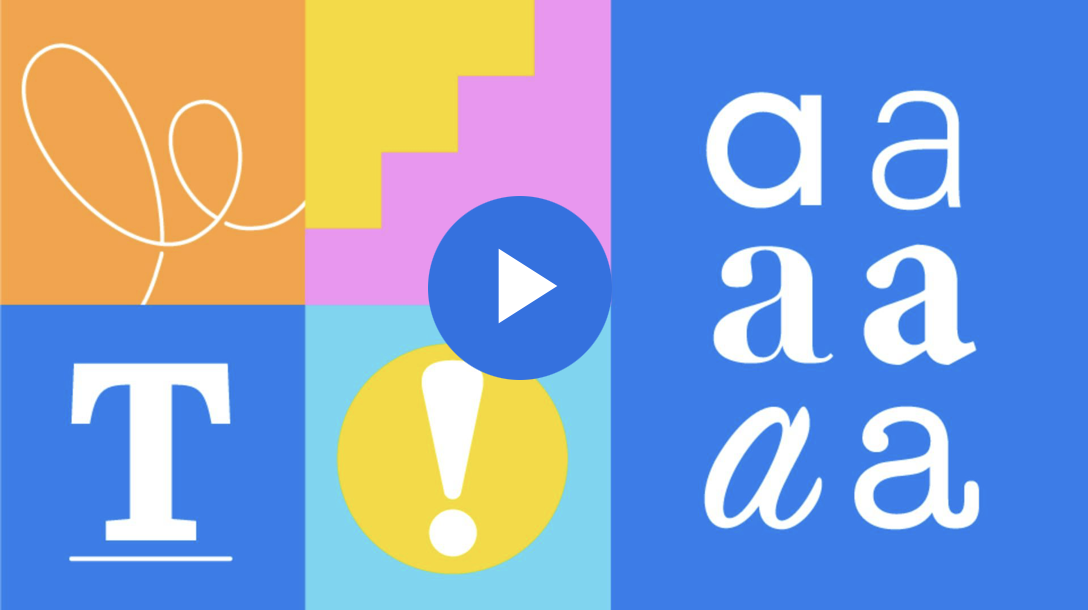The Earthseed Series
Great books. Very engaging pace, no boring spots. Reminded me of The Godfather movies, how the first book was the main story and the second book was a combination of flashbacks and present day. Such a shame about Lauren’s daughter and Marc. I felt bad about that, but if the story had wrapped up with a happier ending it wouldn’t have felt right.
Aside from being a good story, there was a lot to think about.
Like how Lauren cared about her idea more than her ego:
I’m not interested in being fancy, or even original. Clarity and truth will be plenty, if I can only achieve them. If it happens that there are other people outside somewhere preaching my truth, I’ll join them. Sower, p. 125
And how she absorbed storytelling from her father. Story was critical to gathering support for her ideas:
My father loved parables—stories that taught, stories that presented ideas and morals in ways that made pictures in people’s minds. … Because he believed stories were so important as teaching tools, I learned to pay more attention to them than I might have otherwise. Talents, p. 14
But could story have helped even more? Could she have spread her ideas differently? She wonders about this early in Talents, and I was thrilled to see where that went toward the end of the book.
My “talent,” going back to the parable of the talents, is Earthseed. And although I haven’t buried it in the ground, I have buried it here in these coastal mountains, where it can grow at about the same speed as our redwood trees. But what else could I have done? Talents, p. 21
It was interesting to see how Lauren planned for disruption:
We can get ready. That’s what we’ve got to do now. Get ready for what’s going to happen, get ready to survive it, get ready to make a life afterward. Get focused on arranging to survive so that we can do more than just get batted around by crazy people, desperate people, thugs, and leaders who don’t know what they’re doing!” Sower, p. 55
And her reflection on survival:
We’ve become very competent makers and repairers of small tools. We’ve survived as well as we have because we keep learning.
They serve as part of our thorn fence. Cactus by cactus, thornbush by thornbush, we’ve planted a living wall in the hills around Acorn. … It will, when it’s working well, encourage people to approach us by the easiest routes, and those we guard 24 hours a day. It’s always best to keep an eye on visitors. Talents, pp. 27–28
Related to survival, Lauren’s thoughts on hiding from the news:
Gray and Emery Mora and one or two others say news bullets are enough. They say detailed news doesn’t matter. Since we can’t change the stupid, greedy, vicious things that powerful people do, they think we should try to ignore them. No matter how many times we’re forced to admit we can’t really hide, some of us still find ways to try. Well, we can’t hide. So it’s best to pay attention to what goes on. The more we know, the better able we’ll be to survive. Talents, p. 81
These novels were published in the 90’s. Jarret is a candidate for US President. Take a look at the phrase he uses:
Jarret insists on being a throwback to some earlier, “simpler” time. Now does not suit him. Religious tolerance does not suit him. The current state of the country does not suit him. ... “Help us to make America great again.” Talents, pp. 19–20
And Lauren’s take on the mindset of older people:
Our adults haven’t been wiped out by a plague so they’re still anchored in the past, waiting for the good old days to come back. Sower, p. 57
While we’re at it, here’s some more older-person thinking. Very similar to the vibe I got from older family members when I was trying to get my first design job — they hadn’t seen it done before, and had more faith in traditional institutions:
Bankole isn’t the only one of us who doesn’t see the possibility of doing anything he hasn’t seen done by others. And…although Bankole would never say this, I suspect that somewhere inside himself, he believes that large, important things are done only by powerful people in high positions far away from here. Therefore, what we do is, by definition, small and unimportant. Talents, p. 71
But it’s not just older folks. Some young folks grow up expecting a certain kind of success. When they don’t achieve it (because they can’t, because it’s an unreasonable expectation), they get depressed.
She wants a future she can understand and depend on—a future that looks a lot like her parents’ present. I don’t think that’s possible. Things are changing too much, too fast. Sower, p. 128
There’s an intriguing concept in the novels about company-towns — towns purchased and run by corporations. They appeal to people because of their relative stability and safety, but it comes at the cost of freedom.
That’s an old company-town trick—get people into debt, hang on to them, and work them harder. Debt slavery. That might work in Christopher Donner’s America. Labor laws, state and federal, are not what they once were. Sower, p. 121
And this devastatingly, unfortunately, prescient observation about private education leading to widespread violence. America is headed this way, unless we revitalize public schools and pay teachers much greater respect:
And no one thought about what kind of society we were building with such stupid decisions. People who could afford to educate their children in private schools were glad to see the government finally stop wasting their tax money, educating other people’s children. They seemed to think they lived on Mars. They imagined that a country filled with poor, uneducated, unemployable people somehow wouldn’t hurt them!” Talents, p. 368
Lastly, shelter is good:
That night, I lay awake beside Bankole, listening to the sounds of the sea and the wind. They’re good sounds as long as you don’t have to be outside. Talents, p. 141
Thanks to Mandy Brown for recommending these books.
 Flexible Typesetting
Flexible Typesetting Practicing Typography Basics
Practicing Typography Basics